While everyone is aware of the Exxon Valdez and BP Deepwater Horizon disasters, there are numerous smaller oil spills that occur on a regular basis. Leakages in cargo ships and malfunction of equipment at facilities and refineries are disasters that can happen even though every precautionary measure may be taken to prevent such accidents.
Using the right containment equipment
One of the most important factors to consider when preparing for oil spills is the type of equipment and response techniques used. Thanks to technology, there are a number of advanced response mechanisms to control oil spills and minimize their impact on human and marine life, and the environment. The key to effectively handling spills is careful selection and the proper use of equipment and materials. This depends on the conditions at sea, wind, air and water currents, the depth, and whether the shoreline is in danger. Damage to shorelines and affected areas can be reduced significantly with the timely and proper use of containment equipment.
Mechanical recovery
Mechanical recovery or containment is the major technique used to combat oil spills. This includes the use of a range of equipment such as booms, skimmers, and natural and synthetic sorbent materials. These types of equipment are designed to capture and store the oil prior to being disposed permanently. Depending on the conditions and type of oil, chemical and biological methods are also used in combination with mechanical containment. Dispersants and gelling agents prevent the oil from reaching shorelines and sensitive habitats. While dispersing agents are used in the initial mop up operations, biological agents help in recovery of sensitive areas such as shorelines, wetlands, and marshes.
Physical methods
For the most part, physical methods are used primarily to clean oil slick from shorelines. This includes pressure washing, raking and bulldozing, and wiping with sorbent materials to enhance natural processes such as evaporation and biodegradation. These techniques play a vital role in the cleanup process. To prevent birds and animals from encroaching on oil spills areas there are a number of devices such as floating dummies and propane scare-cans in use today.
Containment booms for different conditions
Containment booms are among the widely used equipment for mechanical containment, which prevents the possibility of the shoreline and other sensitive resources being polluted. They make the recovery process easier by concentrating oil in thicker surface layers. In most cases, booms are used to divert oil slicks along paths so that it is easy to remove from the surface of the water. There are several basic types of booms. Round or curtain booms feature a circular flotation device and continuous skirt and work well in rough waters. On the other hand, fence booms have a high freeboard and a flat flotation device. They are ideal for less choppy waters and are easier to clean and store when compared with fence booms. Non-rigid or inflatable booms are among the most versatile and are very effective in rough seas. They are easy to clean and store and come in a variety of shapes.


